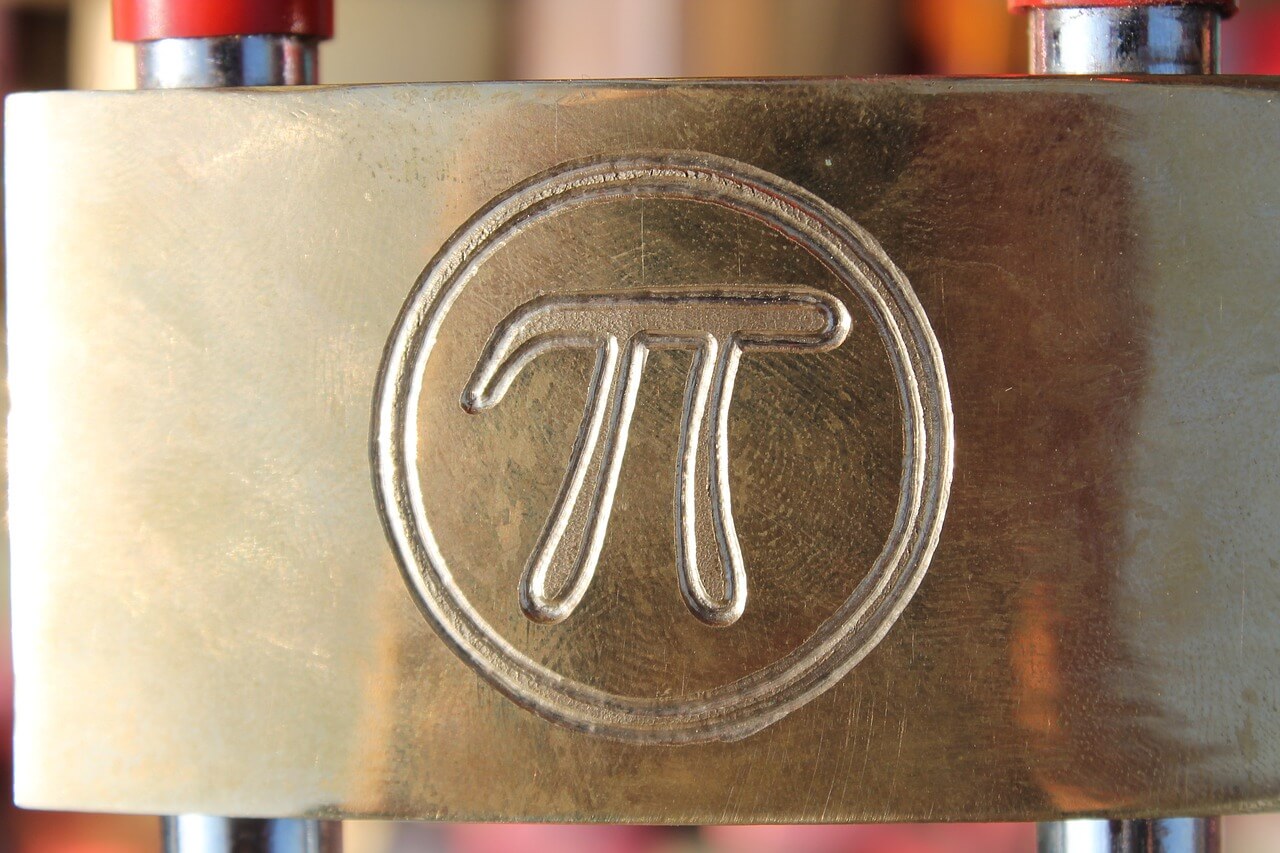Pi Day: Why is there so much fuss about π (Pi)?
Have you ever wondered why there is so much fuss about Pi? Let’s dive into the fascinating world of mathematics and explore why this irrational number has captured the imagination of mathematicians and scientists for centuries.
Get ready to celebrate one of the most fascinating and unique mathematical symbols in the world! Today, on March 14th, people all around the United States and the world are celebrating National Pi Day. Pi, represented by the Greek letter π, is a constant that never changes and denotes the relationship between a circle’s circumference and diameter. But it’s not just any number – pi is an essential tool for scientists and engineers, from measuring the tiniest molecules to the massive celestial bodies like Earth, the moon, and other planets. And if that wasn’t enough, pi is even related to gravity!
Why Is Pi Important?
But what makes Pi truly awe-inspiring is its representation—beyond its famous 3.14 digits, Pi’s decimal representation continues infinitely without repeating patterns. Did you know that the Guinness World Record for memorizing Pi’s decimal places is a staggering 70,000?
So, whether you’re indulging in a delicious slice of pie, reciting pi digits, or marveling at the universe’s mathematical consistency, today is the day to celebrate all things pi! Happy Pi Day!
History of Pi Day
Founding of Pi Day
Pi Day is an annual celebration that honors the mathematical constant π (pi), which represents the ratio of a circle’s circumference to its diameter. The first Pi Day celebration was initiated in 1988 by physicist Larry Shaw at the Exploratorium, a science museum in San Francisco. The date chosen for Pi Day is March 14 (3/14), which corresponds to the first three digits of pi (3.14). Interestingly, March 14 is also Albert Einstein’s birthday, which adds to the significance of the celebration.
The Early Celebrations and Official Recognition of Pi Day
The inaugural Pi Day event featured a circular parade and the tradition of eating fruit pies, which has become synonymous with the holiday. Since then, Pi Day has gained official recognition as a national holiday in the United States, with the U.S. House of Representatives passing legislation to designate March 14 as Pi Day in 2009.
Why All the Fuss About Pi?
Pi is an irrational, transcendental number that extends infinitely without repeating patterns. While its decimal representation begins with 3.14, mathematicians have calculated it to over 1 trillion decimal places. Pi is crucial because it is used in various fields, including engineering, to make accurate calculations for modern construction.
Pi enthusiasts celebrate Pi Day in many ways, including organizing instruction sessions, museum exhibitions, and pie-eating contests. In 2015, Pi Day was particularly special as the date and time (3/14/15 at 9:26:53 a.m.) represented the first ten digits of pi. The celebration of Pi Day is hoped to increase interest in math and science among people of all ages.
What are some exciting Pi facts?
Let’s delve into some fascinating facts about π (pi), the mathematical constant that has intrigued minds for centuries:
Symbol and Origins:
The symbol for pi (π) has been in use for over 250 years. Welsh mathematician William Jones introduced the symbol in 1706, and mathematician Leonhard Euler made it popular. Before that, people referred to pi as “the quantity which yields the circumference when the diameter is multiplied by it.”
Pi Day Celebration:
Pi Day is celebrated on March 14 (3/14) because these are the first three digits of pi. Math enthusiasts worldwide enjoy celebrating this infinitely long, never-ending number.
Record-Breaking Recall:
Rajveer Meena, a student at VIT University in India, holds the record for reciting the most decimal places of pi. He recited an astonishing 70,000 decimal places while blindfolded over a marathon 10-hour session!
Pi in Egyptian Mythology:
According to ancient Egyptian beliefs, the Pyramids of Giza were constructed based on Pi’s principles. The vertical height of the pyramids is related to the perimeter of their base in the same way as the radius-to-circumference ratio in a circle.
Pi-Lish Language:
Some pi enthusiasts created a language called “Pi-lish”. In Pi-lish, the number of letters in each word matches the corresponding digit of pi. Software engineer Michael Keith even wrote an entire book in this language!
Prince of Pi:
Physicist Larry Shaw initiated the celebration of Pi Day at San Francisco’s Exploratorium Science Museum. He’s affectionately known as the Prince of Pi there.
Infinite Digits:
Pi is an irrational number, meaning its decimal expansion goes on infinitely without repeating. Babylonians used the fraction 3 ⅛, and the Chinese used the integer 3 for pi. By 1665, Isaac Newton calculated pi to 16 decimal places, a significant achievement.
Remember, pi isn’t just a number; it’s a gateway to understanding the universe’s mathematical laws!
How can I celebrate Pi Day at home?
Of course! Celebrating Pi Day at home can be educational and fun. Here are some delightful ways to embrace the mathematical spirit of π (pi):
Bake a Pi Pie:
The classic way to celebrate Pi Day is by baking a delicious pie. Choose your favorite flavor – apple, cherry, or even a savory quiche. Decorate the crust with the pi symbol (π) or arrange the digits of pi (3.14) on top using pastry cutters. Enjoy your homemade pie with family and friends!
Learn About Pi:
Dive into the fascinating world of mathematics. Research the history of pi, its significance, and how it’s calculated. Explore Archimedes’ method for approximating pi using polygons inscribed in circles. Watch educational videos or read articles about pi. Share your newfound knowledge with others.
Memorize Pi Digits:
Challenge yourself to memorize as many digits of pi as you can. Start with the first few: 3.14159… Create mnemonic devices or fun rhymes to remember the sequence. Impress your friends by reciting pi to several decimal places!
Pi Art and Crafts:
Get creative! Design pi-themed artwork or crafts. Use colored paper to create a pi collage or make a pi mobile with dangling digits. Paint a pi symbol on a canvas or create a pi-themed greeting card.
Math Games and Puzzles:
Play math-related games with your family. Try Sudoku, Kakuro, or logic puzzles. Solve pi-themed crossword puzzles or brain teasers. Challenge each other to math quizzes or trivia.
Watch Pi-Related Movies:
Host a movie marathon featuring films with mathematical themes. Consider watching “Pi” (directed by Darren Aronofsky) or other movies that explore mathematical concepts.
Virtual Pi Day Party:
Connect with friends and family virtually. Share pi facts, play games, and enjoy a slice of pie together. Organize a pi-themed Zoom call or Google Hangout.
Pi Music Playlist:
Create a playlist with songs related to circles, numbers, or mathematical themes. Include tracks like “Circle of Life,” “Eight Days a Week,” or any song with a number in the title.
Remember, Pi Day celebrates curiosity, learning, and the joy of mathematics. Whether you’re calculating areas, baking pies, or simply marveling at the wonders of pi, have a fantastic Pi Day!






Leave a Reply